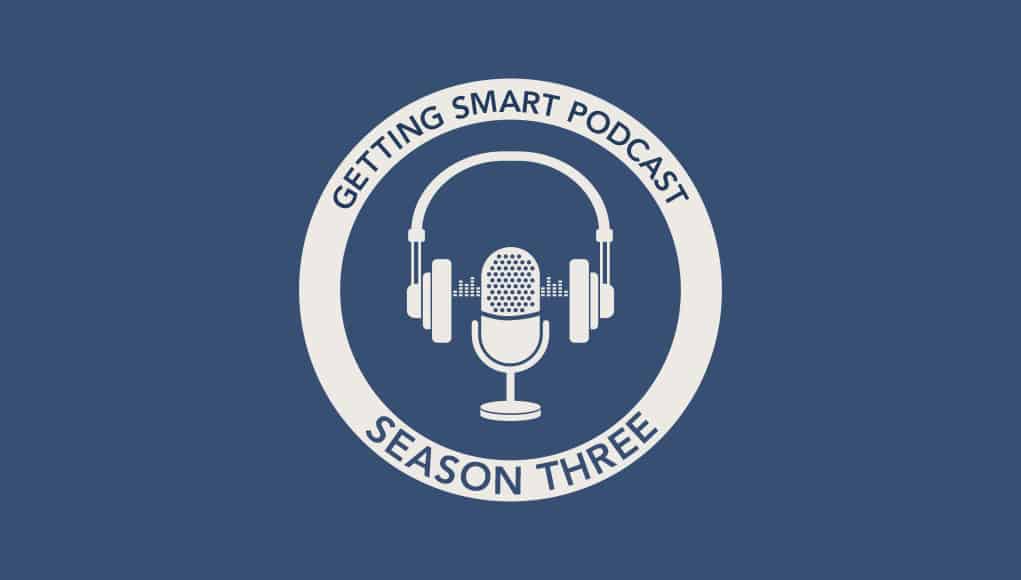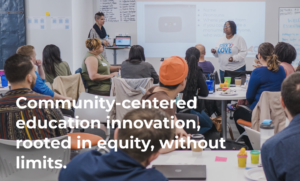Balancing Improvement and Innovation

Innovation is a new way of doing something. A new way of delivering value. It’s different than improvement, which is doing what you’re already doing, better. Schools and districts need to do both. Teaching and learning can be dramatically improved by finding a balance between the two — innovation and improvement — and focusing on implementing these changes.
As Tom describes, “In an improvement strategy, you’re seeking incremental improvement in a traditional set of outcomes. In innovation, you’re seeking step function improvement—and some of that can be captured by traditional metrics but often it requires new metrics.”
In this episode, Tom looks back at his years of serving as a Superintendent and how new technology and innovations affected the schools within the district he worked in. Listen in as he speaks about how focusing on innovating and improving within the school environment can dramatically improve learning, the roles leader teachers and principals should serve, the various obstacles and barriers schools looking to innovate face and Tom’s recommendations on where to start when it comes to innovating.
Key Takeaways:
[:01] Introduction to this episode’s topic, innovation and improvement.[2:20] Some examples of ways innovation and new ideas have dramatically improved learning. [2:58] How and why innovation spread throughout the school and the school’s district.[6:02] Some of the challenges that the innovations presented to the individual schools within the district and how Tom saw the leaders of the schools overcoming these challenges.[10:44] Innovation vs. Improvement, and the importance of leaders putting their ideas and visions on a timeline.[12:36] The role of supporting innovation that the Principal and leaders hold within the school. [14:36] The importance of distributed leadership within the school system.[16:38] The professional development that needs to go into preparing teacher-leaders for the role of actively leading in their school.
[19:49] How Tom sees teachers gaining the skill set needed to be great teacher-leaders: Connecting adults and using a structured approach to learning together.[22:00] The specific obstacles and barriers schools face and how they can overcome them.[27:56] How much innovation a system can handle and taking care to not push too much, too quickly.[30:06] How systems can monitor to see if the current and past innovations are having the intended impact on student learning.
[33:08] How school districts and teacher-leaders can help bring parents along.[37:00] How the successful schools that have embraced innovation have had to change their structures and allocation of their resources; The set of challenges that make it easier to start a new school rather than to transform an existing school.[43:52] Tom’s recommendations for where a school leader should start when introducing a new change or innovation.[47:22] Tom’s final thoughts on innovation and innovation diffusion.
Mentioned in This Episode:
Project Management for Education
Leap Innovations
Digital Promise
Highlander Institute
Gates Foundation
Profile of a Graduate (EdLeader21)
The Mastery Transcript Consortium
Great Schools Partnership
Design39Campus
New Tech Network
Smart Cities, by Tom Vander Ark with Mary Ryerse
Stay in-the-know with all things EdTech and innovations in learning by signing up to receive the weekly Smart Update.








0 Comments
Leave a Comment
Your email address will not be published. All fields are required.